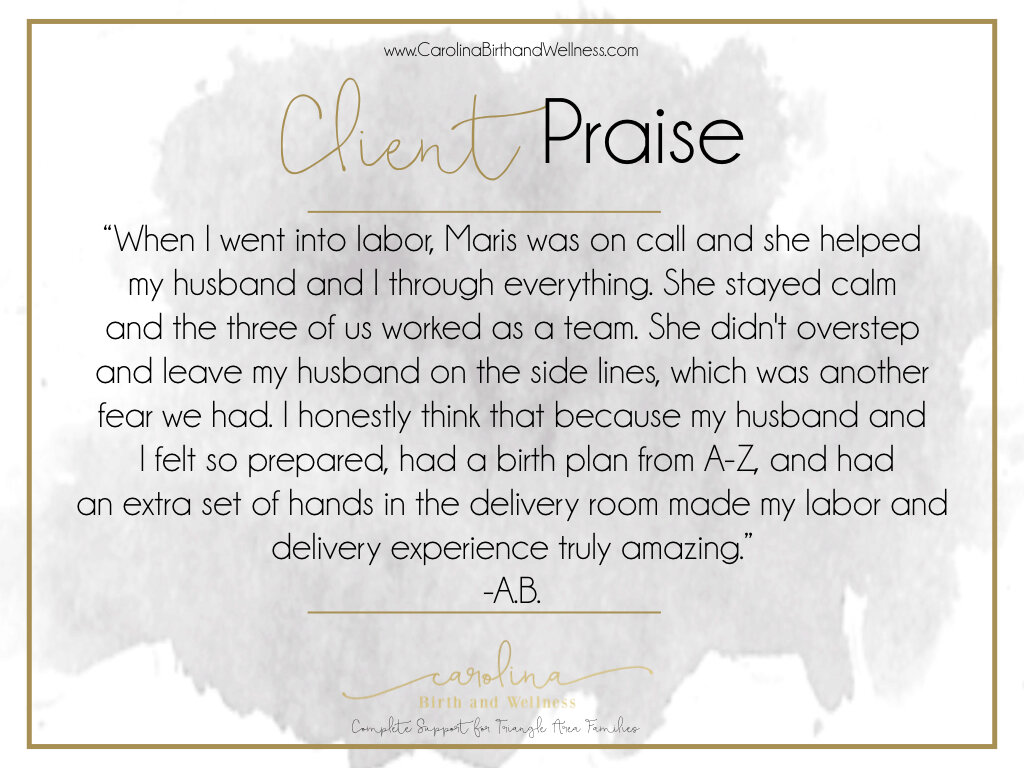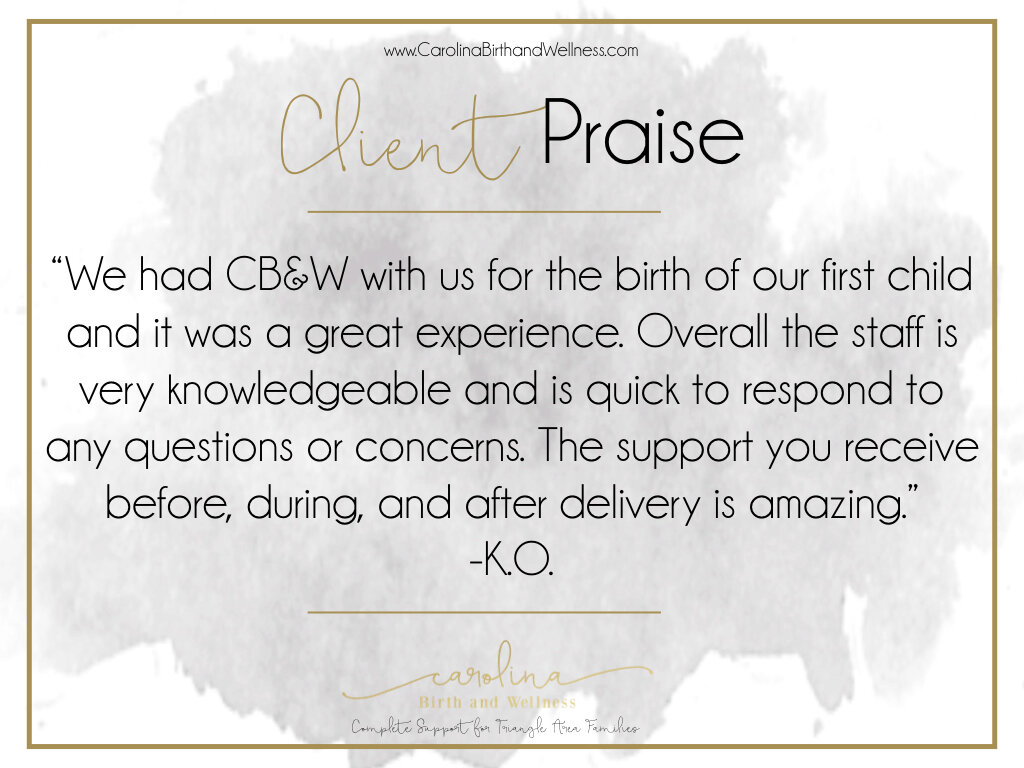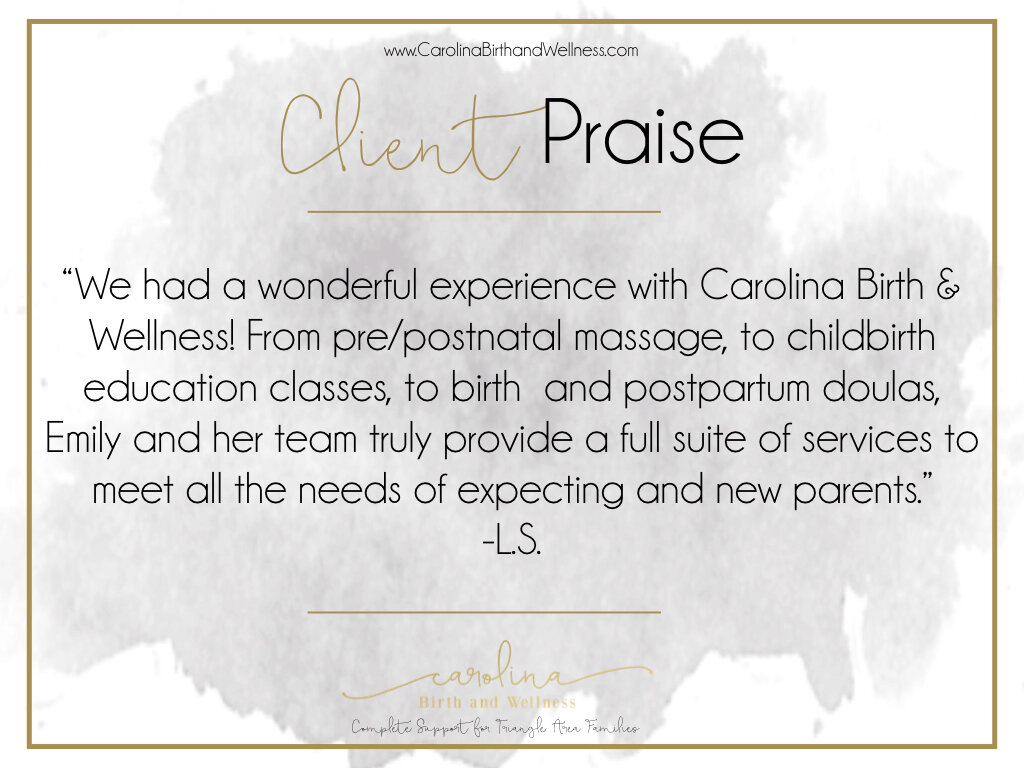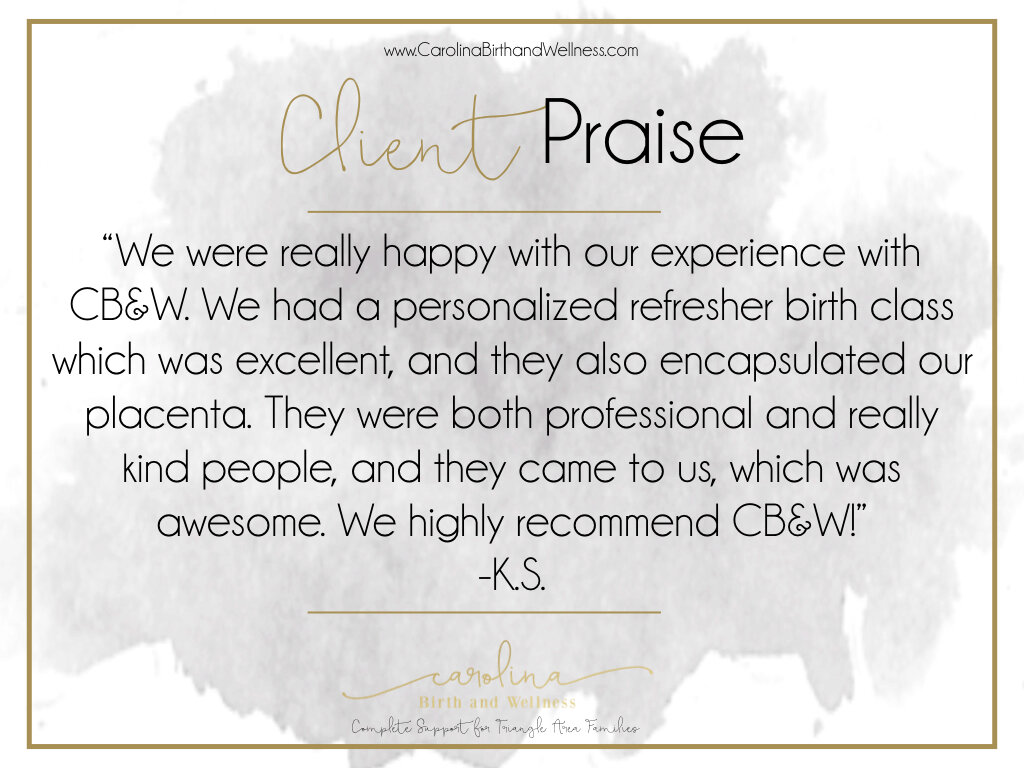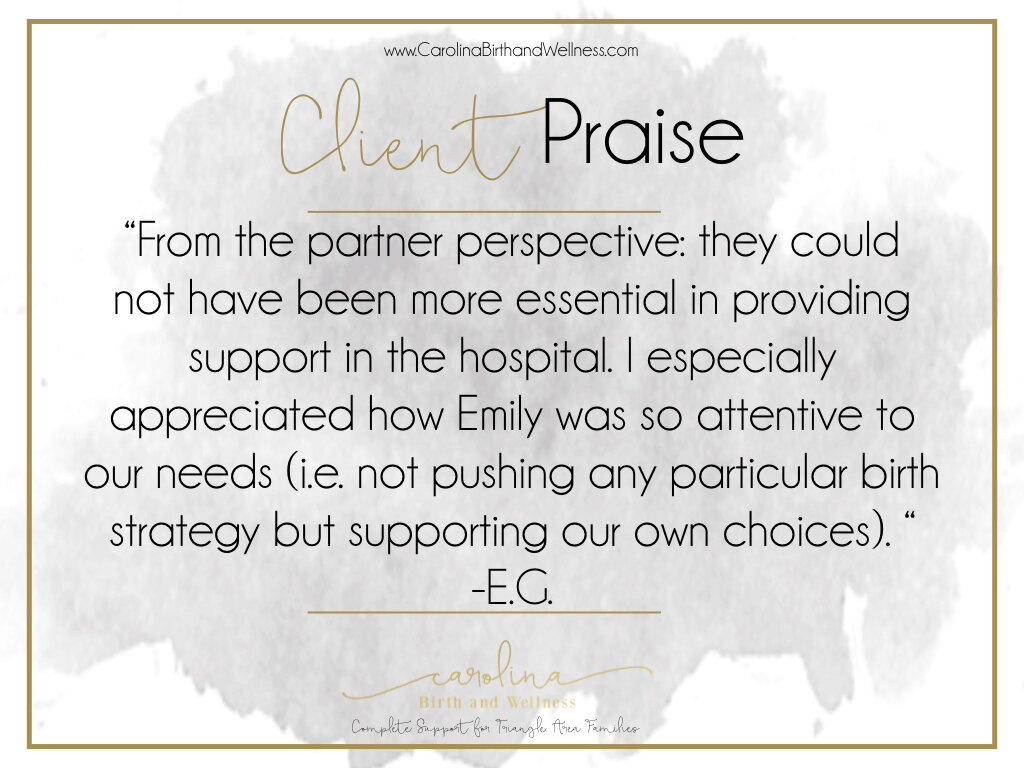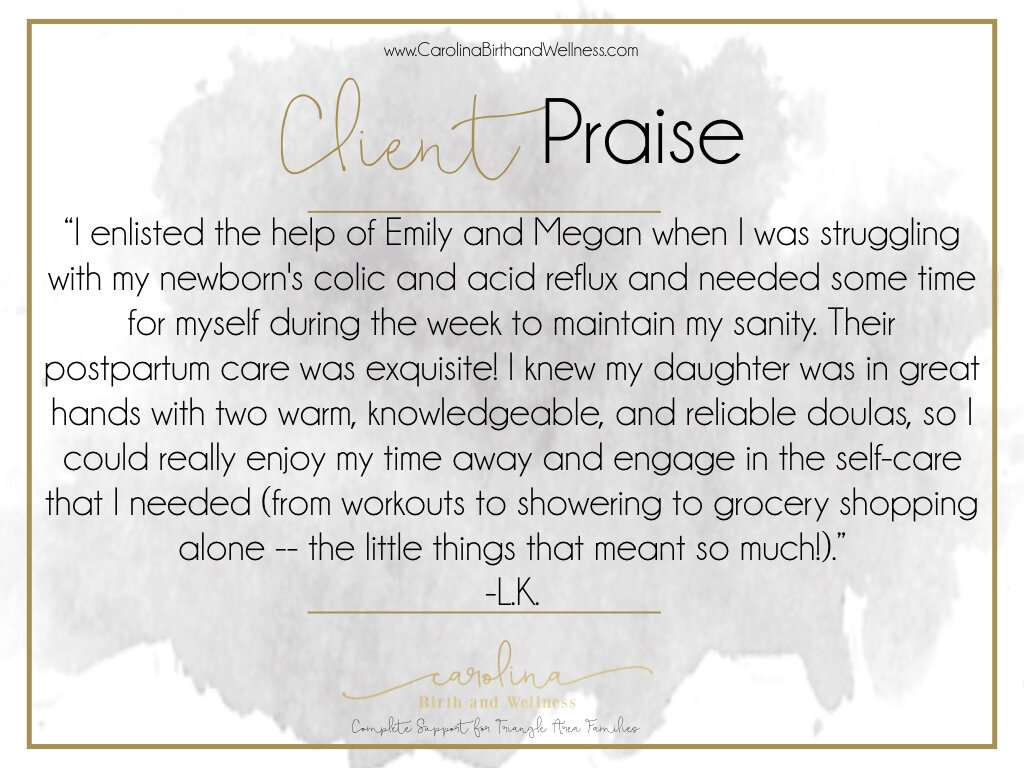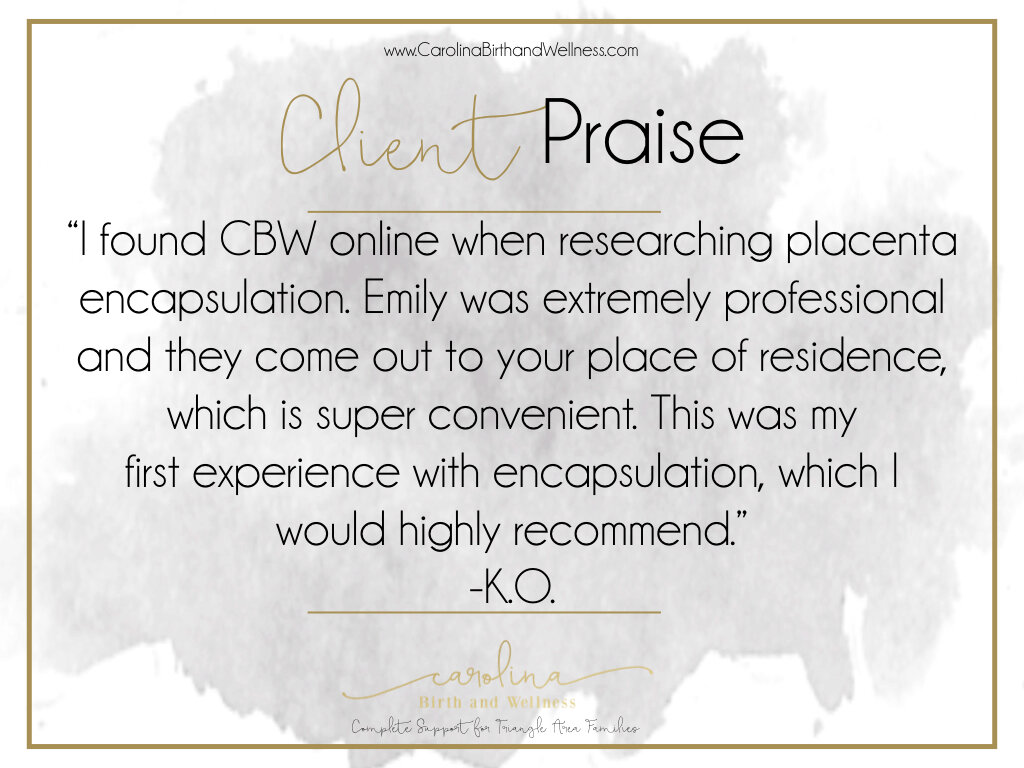Understanding the Bonding Process
The bonding process between parents/caregivers and babies is a very special, but sometimes a confusing process. That attachment is emotionally and physically important to both parents and infants, but is most certainly not fluid and can take different paths depending on the health concerns of the birthing person, the infant, or other familial circumstances. The most important part of these processes is that although both are biological processes, both must be cultivated and nurtured to ensure that relationships are developed and sustainable. Furthermore, both are fluid and there is no time limit or restriction who can form a lasting bond.
Bonding Before Birth
The bonding process between the birthing person and baby often begins prior to the birth. While pregnant, movements of the baby aren’t felt in a way that others cannot feel. Pregnant individuals often know when the baby is sleeping, awake, and even hiccuping the all leads to develop a bond.
Bonding During the Golden Hour
Many birthing individuals are the first to hold the baby, and this interaction starts the bonding process through the release of hormones in both the birthing person and the baby. The birthing person releases many hormones, and through skin to skin, the baby will feel those hormones The oxytocin, also known as the love hormone, creates a sense of love in both parent and child, as well as promotes the uterus to contract and release the placenta. Prolactin is released and begins to signal the body to produce breastmilk. And endorphins are also released that allow the birthing person to feel excitement after the physical and sometimes emotional stress of child birth.
The baby also has a rush of oxytocin and endorphins when he or she is first held by Mom as her scent is the only one that is immediately knows. While the first touch by mom to baby is significant, continued touch also encourages these hormones to be released and the positive side effects to be felt by all caregivers and the infant. Furthermore, bonding continues to occur with each positive interaction between the parent/caregiver and infant, such as diaper changes, feedings, playtime, comforting, and other direct interactions.
Bonding Can Occur Anytime After Birth
When there are disruptions early in the bonding process, it is especially important to remember bonding is fluid and it is never too late to bond. This also is a very important concept to stress to birthing parents who had a medical complication immediately after birth who may have been absent for a period of time. Furthermore, adoptive or foster parents who have children older, and may feel as they missed the crucial time to bond with their child. Whether the disruption is due to the child’s health, the parent’s health, or outside forces, bonding at the point when it is both safe and available is necessary to the long term health for the entire family.
Sometimes There Isn’t That Bond
Probably one of the least popular things to say is that a parent doesn’t immediately bond with their baby. And let us be the first to tell you: you are not alone. Furthermore, do know that by not having that immediate bond does not mean it will never come, nor does it mean you are a bad parent. We do recommend that you speak with someone as a lack of bonding can be indicative of a larger issue.
Infant Massage Promotes Bonding
In our infant massage classes we ideally would like parents/caregivers/grandparents/babysitters to attend when the child is younger, but that does not always happen, and that is perfectly okay. Touch is essential to facilitating that bonding relationship, and we are able to guide and support the parents as they learn about their infant. We are able to reinforce what the parents learn about their children through credible research and bring together parents to help encourage one another to give peer support. And most importantly, we are ready to support any family, in the way they see fit for their particular needs.


